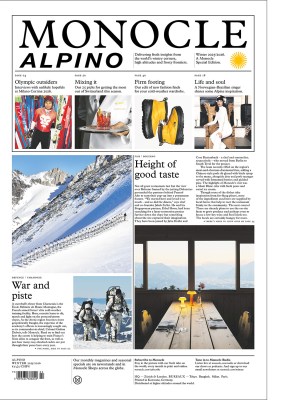Anticàmera, the scouting service that knows Milan’s most secret spots
Though beautiful, Italy’s fashion capital can be a little secretive. Enter Anticàmera.
Milan has a reputation for being a private city, with many of its most spectacular spaces hidden behind closed doors or inside internal courtyards. How much you get to see depends on your level of access. The idea of getting into restricted spaces appealed to Eléna Olavarria Dallo when she was growing up here. “I have always loved going into places that were closed,” she says. “I used to go with my mother to see houses for sale that were far beyond our reach to do just that.”
Olavarria Dallo has turned her childhood fascination with unlocking the city into a job, co-founding location-scouting company Anticàmera in 2015. Every April during Milan Design Week, the city throws caution to the wind and opens its closely guarded spaces to the public, whether it’s the striking local government building Palazzo Isimbardi, used by Czech glass company Lasvit last year, or Brera’s San Simpliciano cloisters, which have been rented by Poliform and Saint Laurent in the past. Corps of location-scouting companies operate behind the scenes to secure the most unusual, stunning or best-positioned buildings for brands to use. Anticàmera, which currently has about 500 locations in Milan on its books, is leading the pack.
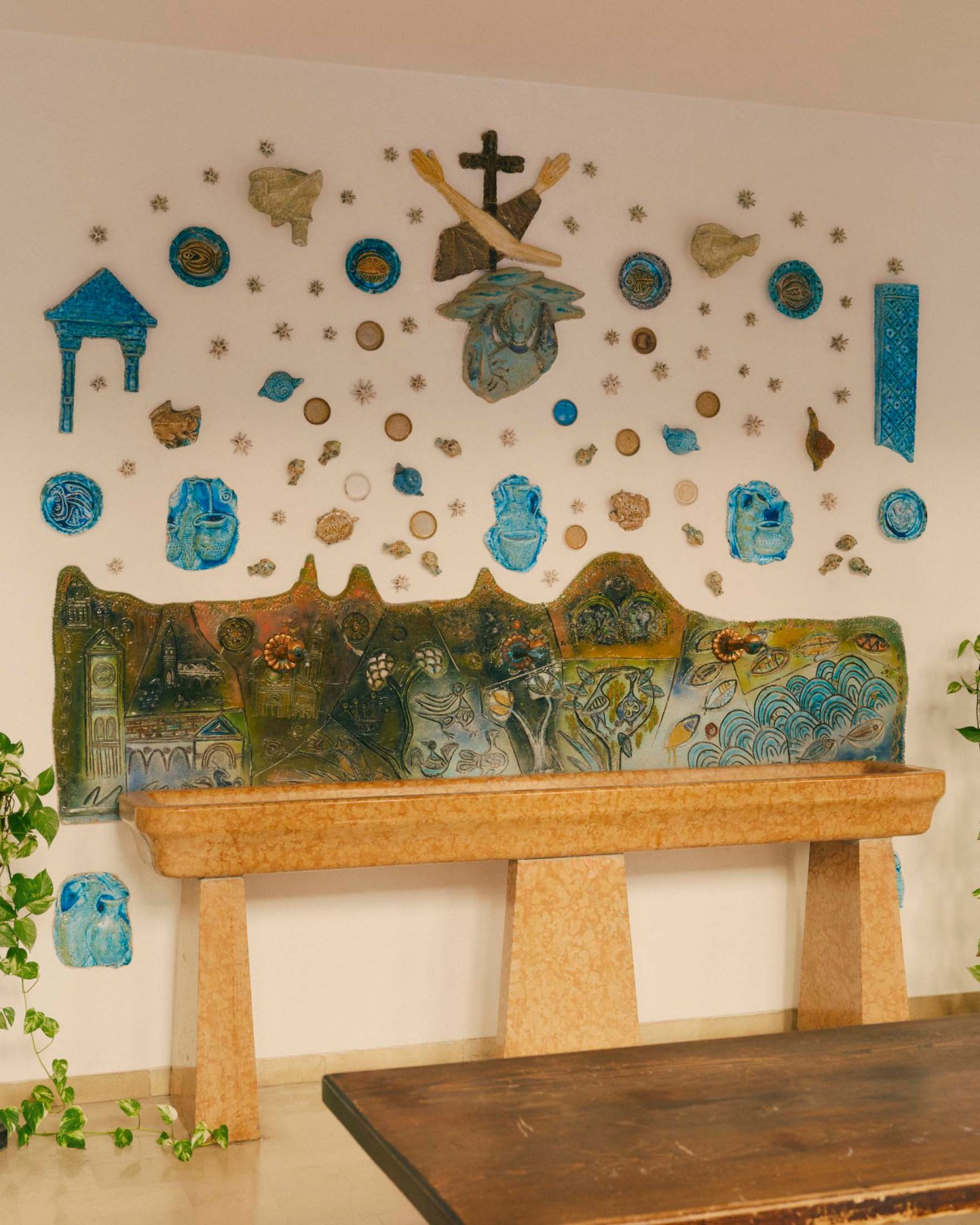

“I was helping my future business partner, Rossana Passalacqua, to find a location for a fashion shoot in Paris,” says Olavarria Dallo, a former project manager at Milan’s Studio magazine. “We had such fun. So we said – with a third partner, Francesca Donnarumma – ‘Why don’t we do this for a living?’” Today the company’s work largely involves finding locations throughout Italy for fashion and design campaigns – but the intensity ramps up when it’s time for Milan’s springtime furniture shindig, with brands from across the design, fashion and lifestyle sectors seeking to outdo each other in the high-stakes game of finding the best Fuorisalone spot.
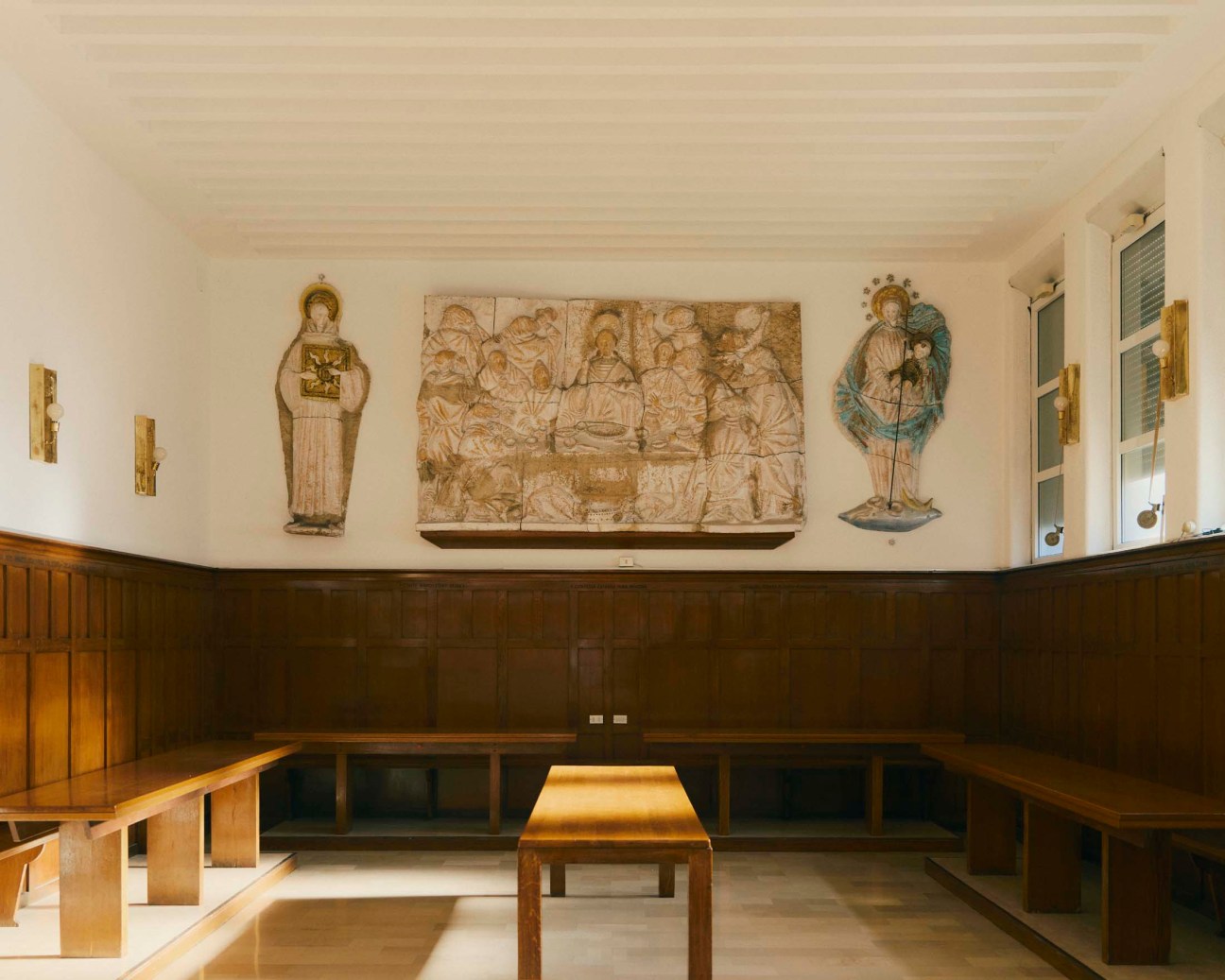
Monocle meets Olavarria Dallo just off Milan’s Via Monte Napoleone for a tour of the city to see some of the company’s mix of locations for rent in 2025. Down a side street, a custodian opens a grand iron gate and we enter a cloistered passageway with an inner courtyard featuring murals depicting regional landmarks, including the Certosa di Pavia monastery complex and Milan’s Castello Sforzesco. We’re opposite the city’s Bagatti Valsecchi Museum (which has been used by Prada in the past) in private residences that still belong to the Bagatti Valsecchi family. The courtyard that we’re standing in, alongside two at both ends of the passageway, can be rented for Design Week.
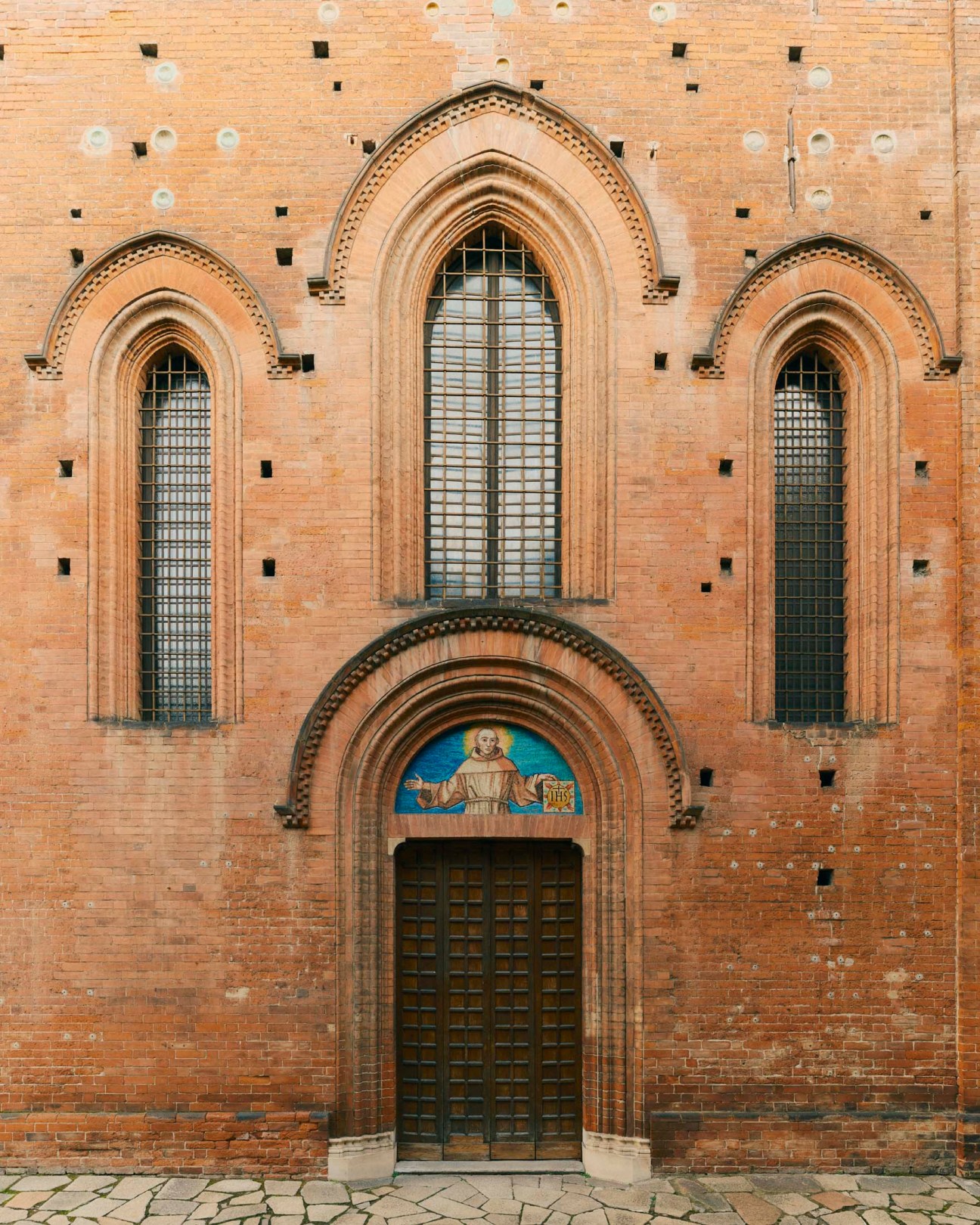
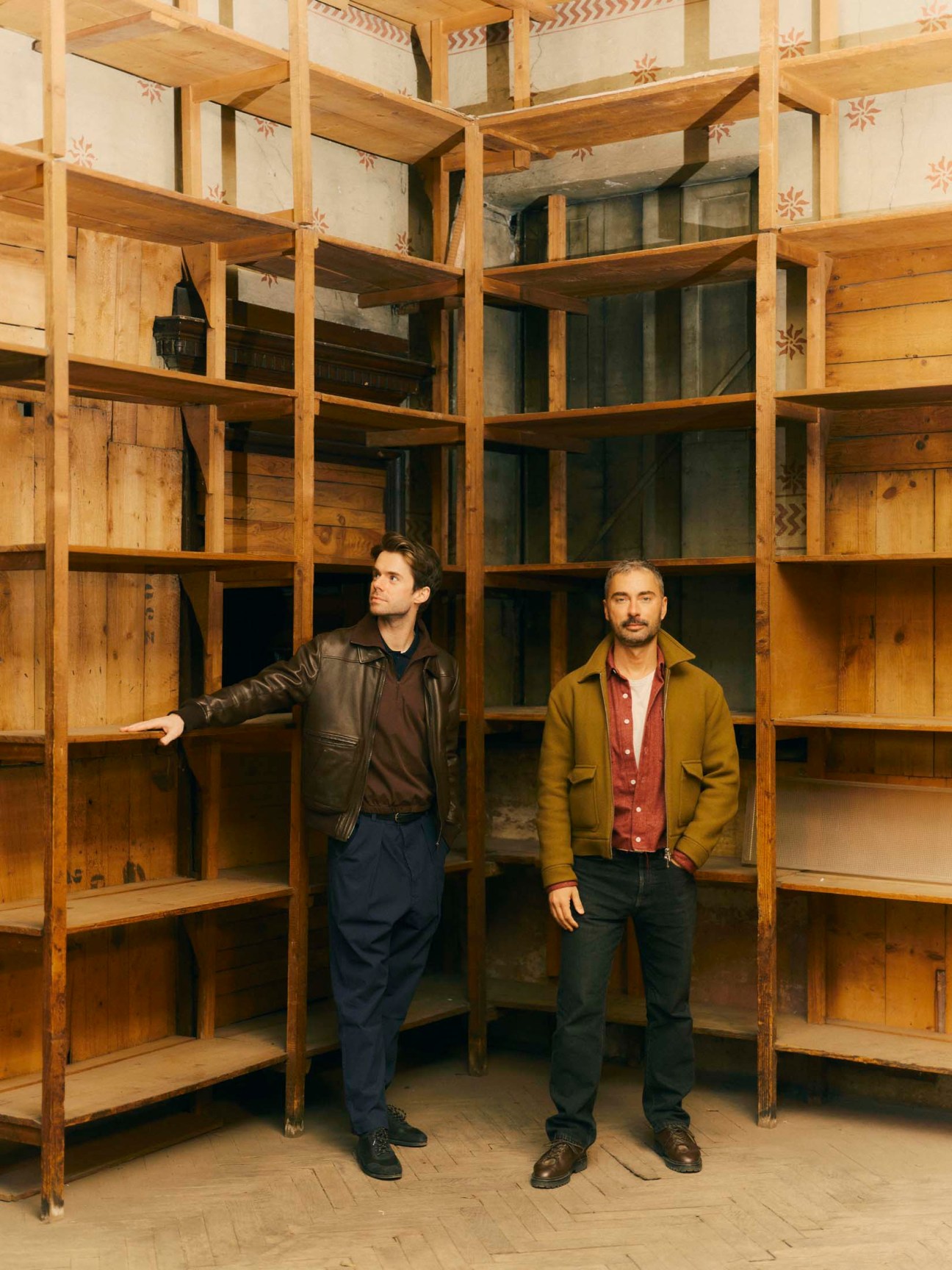
The private apartment block from the 1890s was built to resemble 16th-century noble residences and we glimpse what the apartments upstairs – which are still off-limits – must be like: discreet oases of peace in the heart of Milan’s Quadrilatero della Moda, complete with ample terraces. Olavarria Dallo established a relationship with the family through her extensive contacts. It’s all part of the game of gaining access, which requires equal doses of perseverance and diplomacy. “It’s about the network that you have,” she says. “Building trust is essential.” Olavarria Dallo says that she is constantly building Anticàmera’s portfolio by keeping her “eyes and ears open” all year.
We spend the rest of the day visiting different sites around town – none of which is like any of the others. Take Piscina Romano, an outdoor swimming pool with vast, light-filled changing rooms (now out of use), or the Frati minori osservanti di San Francesco convent, a red-brick architectural gem built in the 1940s by one of Olavarria Dallo’s favourite architects, Giovanni Muzio. Its arched outdoor space can be rented. Olavarria Dallo started working with the convent after a call from a location manager with ties to the religious community.
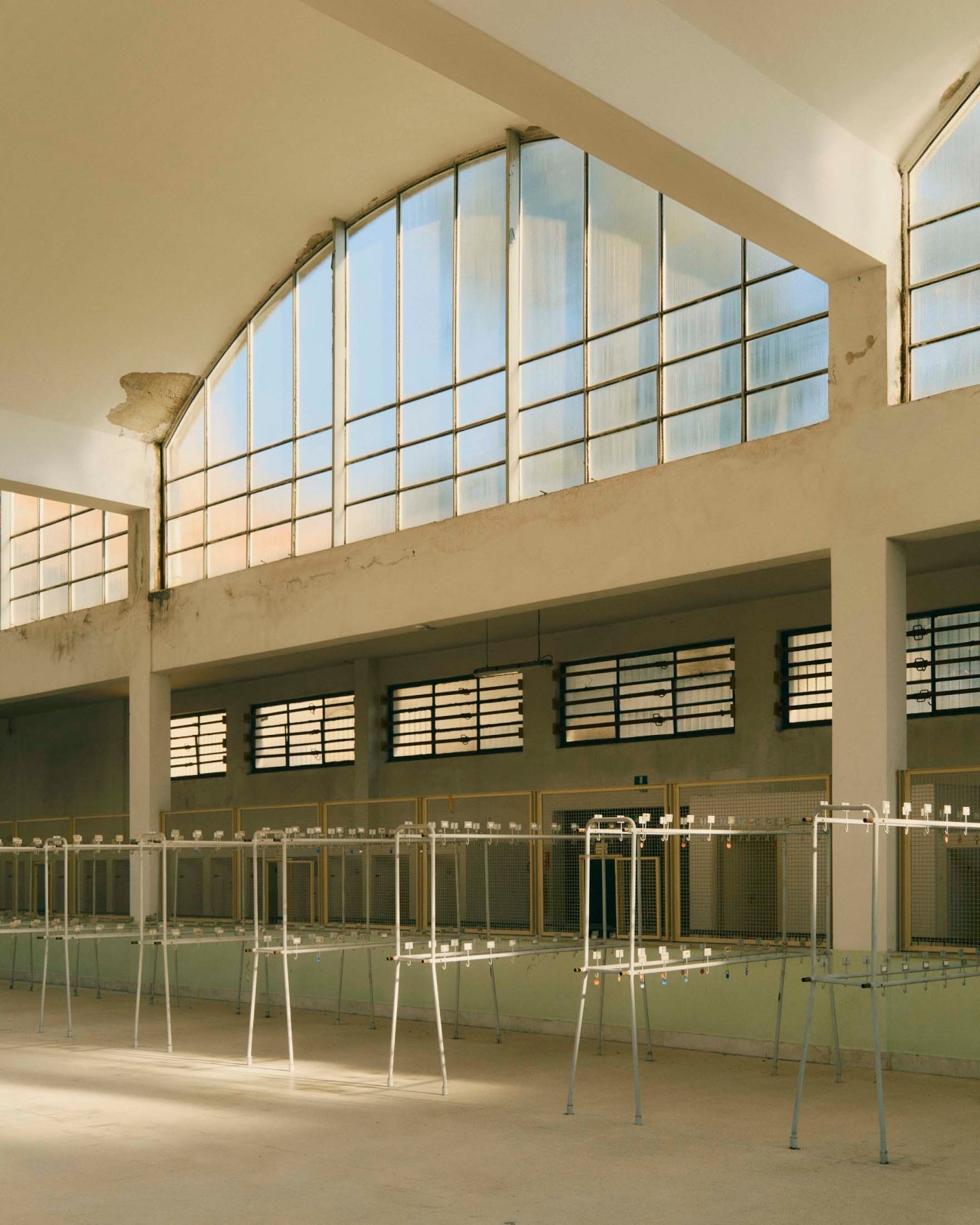
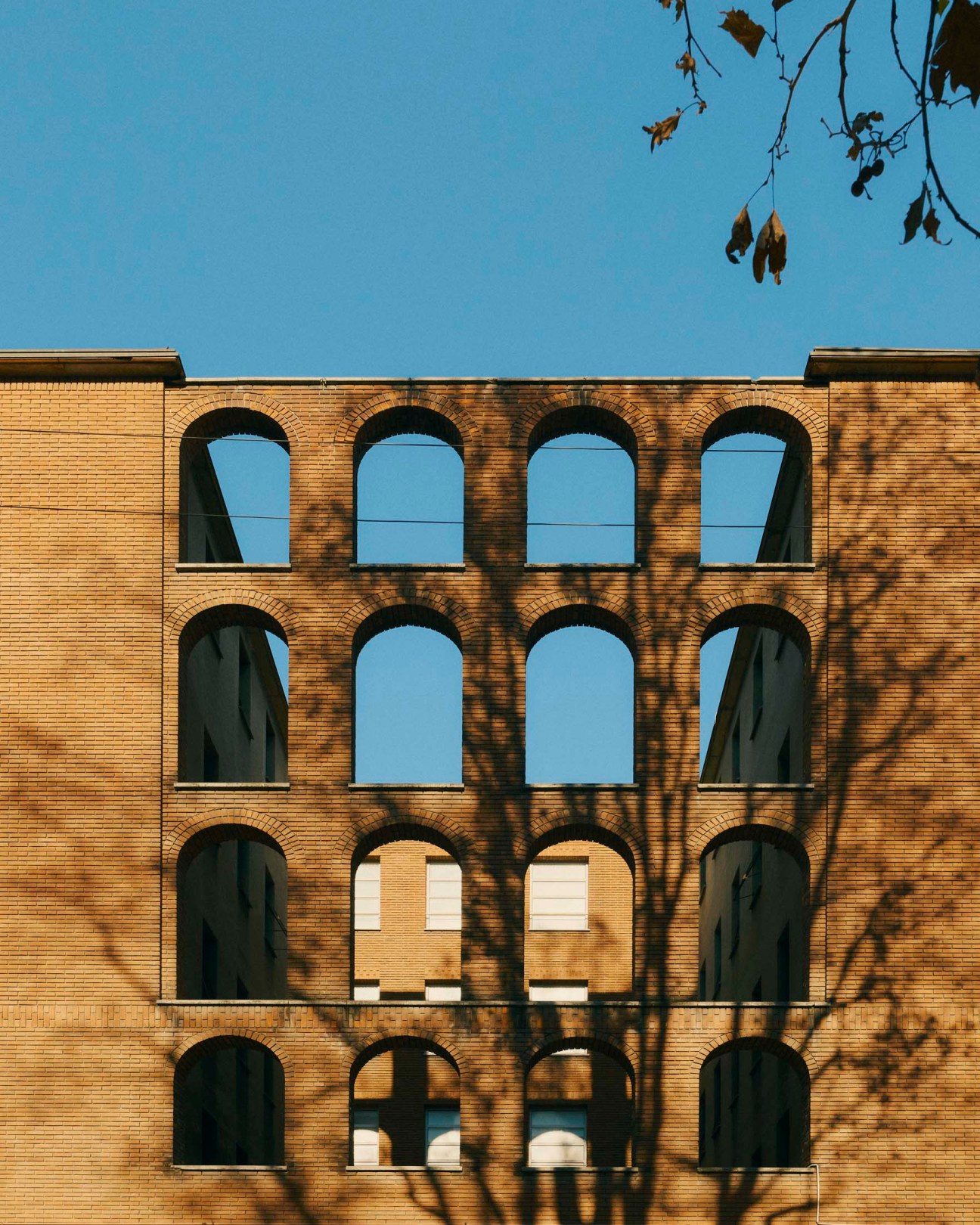
Our final destination, in the Cinque Vie neighbourhood, is inside another internal courtyard. We have tagged along to a client meeting with Robert Wright, the US co-founder of Morocco-based rug-maker Beni, and the brand’s creative director, Colin King. Beni is returning to Milan Design Week for the first time since 2021, presenting a 10-rug collaboration with the Paris-based Studio KO called “Intersection”. The space that the brand has rented through Anticàmera is a ground-floor shopfront consisting of three connected rooms full of wooden shelving, which at various times functioned as a bank (there is still a safe in the wall), a button shop and a suit trimmings outlet. On the day that we visit, there’s an electricity connection to think about and unstuck floorboards to secure but it’s clear that the place exudes character.

“This collection is so strong and has such a point of view,” says Wright. “We were searching for a space with patina, marked by the passage of time. It’s about how we tell our stories. Stepping inside, you’re transported back.”
Beni will transform the former shop into an experiential world of not just rugs but also lighting and sound, even featuring a bespoke fragrance made by London-based perfumer Azzi Glasser. It’s a hidden nugget of Milan that Beni would never have uncovered if it weren’t for the intrepid work of Anticàmera. “It feels as though so much of the city is hidden,” says Wright. “With Eléna, we get to peek behind the scenes.”


